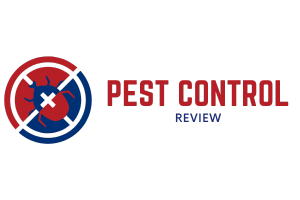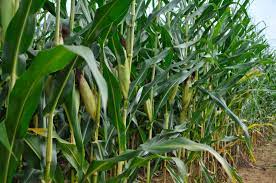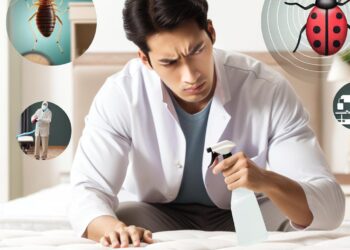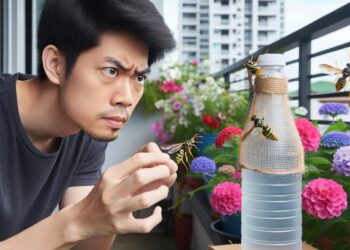Introduction:
Effective pest control practices are crucial for maintaining a healthy and safe environment. However, the indiscriminate use of pesticides and other pest control methods can have harmful effects on the environment, as well as human and animal health. That’s why education and awareness play a critical role in promoting effective pest control practices.
The Importance of Education and Awareness:
Education and awareness are essential for promoting effective pest control practices. Firstly, educating people about the importance of pest control and its impact on the environment and health can help to create a culture of responsible pest management. Secondly, awareness campaigns can help to dispel myths and misconceptions about pest control methods, and encourage the use of safer, more effective alternatives.
Benefits of Effective Pest Control:
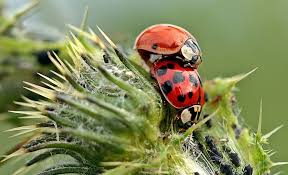
Effective pest control can have numerous benefits, including:
- Reducing the spread of disease: Many pests can carry diseases, which can be transmitted to humans and animals. Effective pest control can help to reduce the risk of disease transmission.
- Protecting crops: Pests can cause significant damage to crops, resulting in lower yields and financial losses. Effective pest control can help to protect crops and ensure food security.
- Preventing property damage: Pests can cause damage to buildings and structures, which can be costly to repair. Effective pest control can help to prevent property damage and maintain the value of buildings.
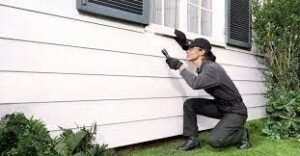
Educating the Public:
Educating the public about pest control practices can take many forms, including:
- Workshops and training sessions: Organising workshops and training sessions can help to educate people about the importance of pest control, and how to use safer, more effective pest control methods.
- Information campaigns: Information campaigns can help to raise awareness about pest control issues and promote safer pest control practices.
- Online resources: Providing online resources, such as fact sheets and instructional videos, can help to educate people about pest control and its impact on the environment and health.
The Role of Pest Control Professionals:
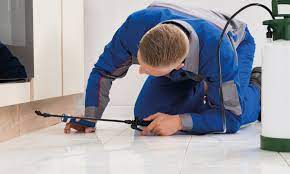
Pest control professionals also play an essential role in promoting effective pest control practices. They can:
- Educate clients: Pest control professionals can educate their clients about the importance of pest control and how to use safer, more effective pest control methods.
- Use integrated pest management (IPM): IPM is a holistic approach to pest control that involves using a combination of pest control methods, such as cultural, biological and chemical control. Pest control professionals can use IPM to promote safer and more effective pest control practices.
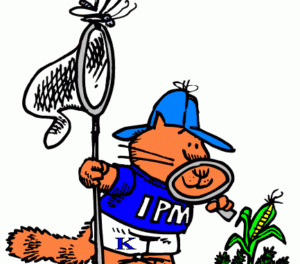
Safer Pest Control Alternatives:
Effective pest control practices do not always require the use of chemical pesticides. Safer alternatives to chemical pesticides include:
- Biological Control: Biological control involves using natural enemies, such as predators, parasites, and pathogens, to control pest populations. This method is an effective and eco-friendly way of controlling pests, as it does not involve the use of harmful chemicals.
- Cultural Control: Cultural control involves modifying the environment to reduce pest populations. This can include practices such as crop rotation, habitat modification, and sanitation. Cultural control methods are effective in reducing pest populations and preventing pest outbreaks.
- Mechanical Control: Mechanical control involves physically removing pests or using mechanical devices to control pest populations. This method can be effective in controlling pests, but it requires a lot of labour and may not be practical for large-scale operations.
- Chemical Control: Chemical control involves the use of chemical pesticides to control pest populations. While chemical pesticides can be effective in controlling pests, they can have harmful effects on the environment and human health. Therefore, they should be used as a last resort, after other pest control methods have been tried.
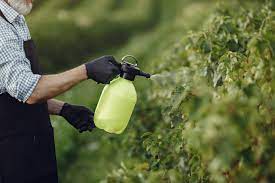
The Role of Government:
Governments also play a critical role in promoting effective pest control practices. Governments can:
- Regulate the use of pesticides: Governments can regulate the use of pesticides to ensure that they are used safely and responsibly. They can also ban the use of certain pesticides that are harmful to the environment and human health.
- Provide funding: Governments can provide funding for research into safer and more effective pest control methods. They can also provide financial incentives for farmers and other stakeholders to adopt safer pest control practices.
- Develop policies: Governments can develop policies that promote safer and more effective pest control practices. These policies can include regulations, guidelines, and standards for pest control methods.
The Impact of Education and Awareness:
Education and awareness campaigns can have a significant impact on promoting effective pest control practices. By educating people about the importance of pest control and its impact on the environment and human health, we can create a culture of responsible pest management. This can lead to the adoption of safer and more effective pest control practices, resulting in:
- Reduced use of harmful pesticides: Education and awareness campaigns can encourage the use of safer pest control alternatives, leading to a reduction in the use of harmful chemical pesticides.
- Reduced environmental pollution: Safer pest control alternatives result in reduced environmental pollution, as there is less use of harmful chemicals that can contaminate the soil and water.
- Improved human and animal health: Effective pest control practices can reduce the risk of disease transmission and prevent the harmful effects of chemical pesticides on human and animal health.
- Improved food security: Effective pest control practices can protect crops from pest damage, leading to improved food security and higher crop yields.
The Role of Certification and Accreditation:
Certification and accreditation programmes can also play an important role in promoting effective pest control practices. These programmes certify pest control professionals who have demonstrated a high level of knowledge and expertise in pest control. Certification and accreditation programmes can:
- Ensure the use of safer and more effective pest control methods: Certified pest control professionals have undergone training and demonstrated knowledge of safer and more effective pest control methods. Therefore, they are more likely to use these methods in their work.
- Promote responsible pest management: Certification and accreditation programmes promote responsible pest management by requiring pest control professionals to follow specific standards and guidelines.
- Provide confidence to clients: Certification and accreditation programmes provide clients with confidence that the pest control professional they are hiring has the necessary knowledge and expertise to provide effective pest control services.
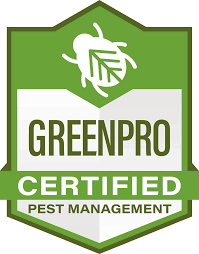
Conclusion:
Effective pest control practices are essential for maintaining a healthy and safe environment. Education and awareness play a critical role in promoting safer, more effective pest control practices. By educating the public and using integrated pest management techniques, we can protect the environment, ensure food security and maintain the value of our buildings and structures.
